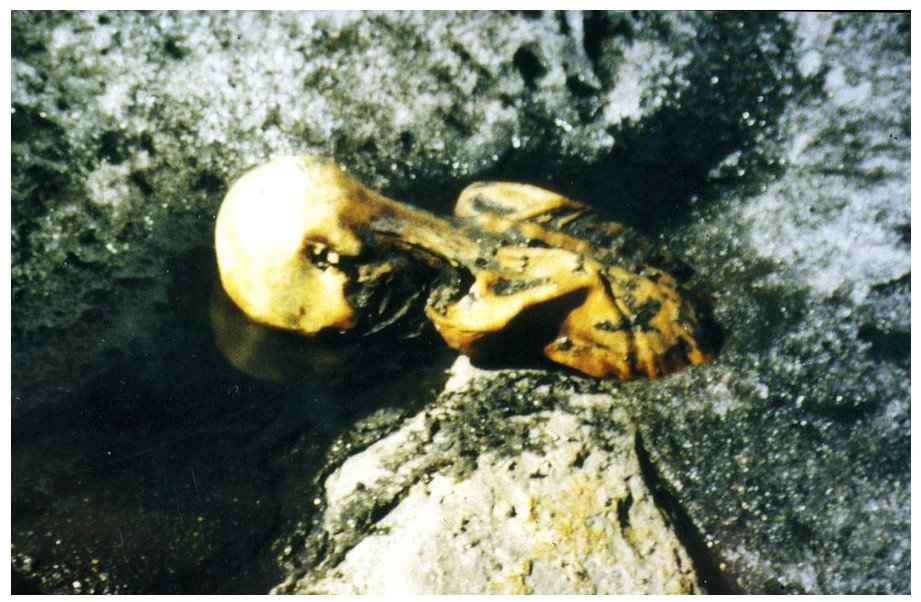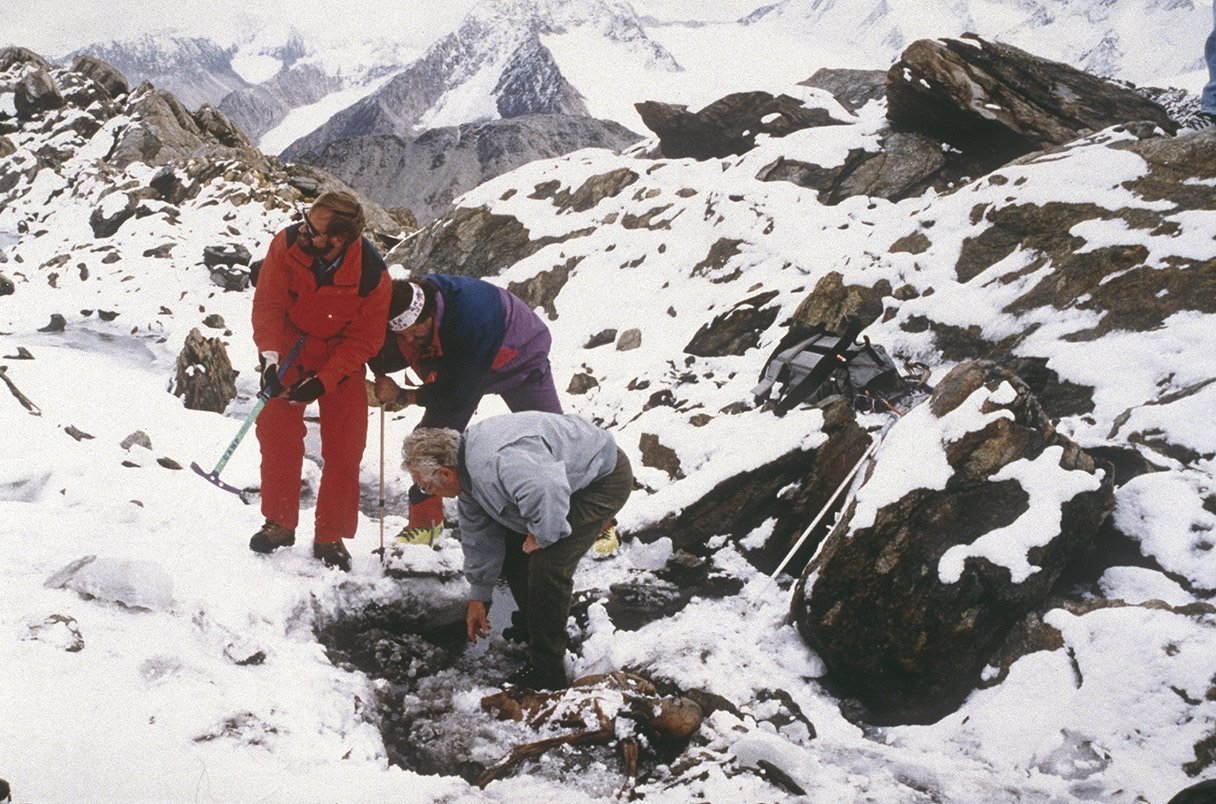In 1991, hikers in the Alps found something impressive: a human body, partially encased in ice, at the top of a mountain pass between Italy and Austria.
They called her police and they initially assumed the man had died in a climbing accident. But in the following weeks archaeologists found that he was the victim of a murder that took place 5100 years ago.

They were right: the corpse was later named Ötzi after the Ötztal valley which is close to where it was found. The human body was formerly known as an “Ice Mummy”.
But Ötzi's preservation may not be as unusual as it first appears. Archaeologists argue in a paper they published today, that this could mean finding more corpses from the distant past waiting to emerge as the ice melts into a warmer climate.

Ötzi "was such a huge surprise when he was found and many thought it was a freak event," says Lars Pilø, an archaeologist working for the Oppland County Glacier Archaeological Project in Νορβηγία. But many of the original assumptions about how weather, climate and glaciation conspired to preserve it were wrong, Pilø reports.
Other researchers write in the journal The Holocene. "The present paper sheds new light on the interpretation of this extraordinary archaeological range," says Matthias Huss, from Eth Zürich, who was not part of the team....
"Ötzi marked the beginning of a cooler period," says Huss, "as people were sure that Ötzi stayed inside the ice uninterrupted since his death." But as glaciers around the world have retreated in recent decades, other ancient remains have turned up, including bodies, hunting gear, horse dung and skis.
"No one expected such situations," says Thomas Reitmaier, an archaeologist at the archaeological service of the canton of Grisons in Switzerland and co-author of the new study. “Now, we have a lot data, and we find one that fits quite well with the ice archeology picture we've developed."





